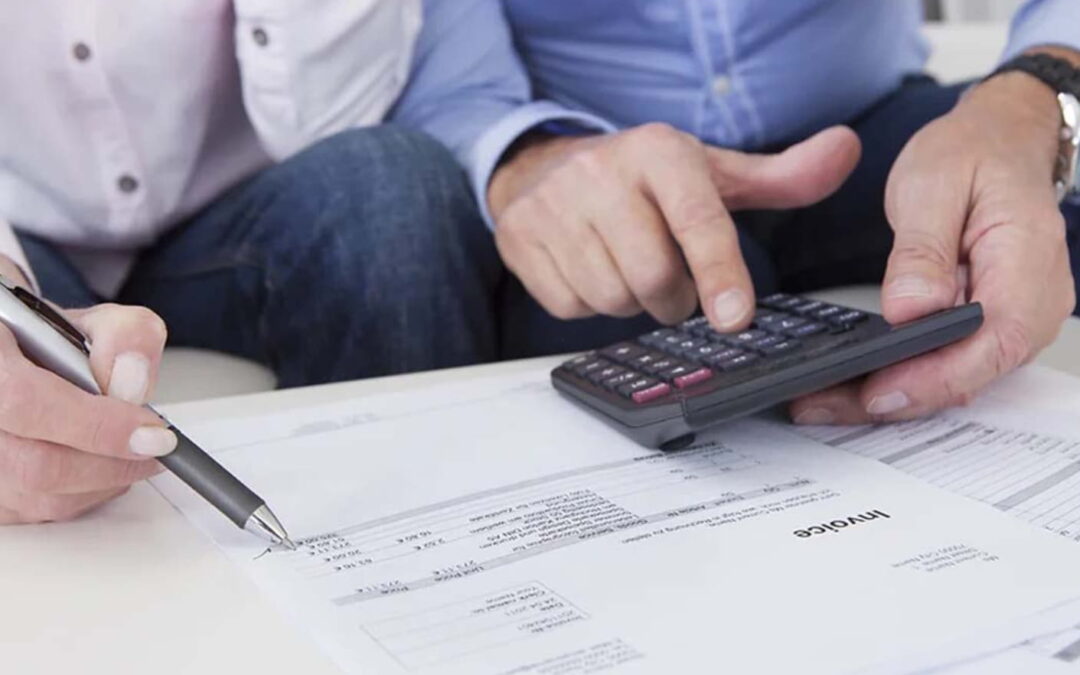As a sole trader, filing your tax return can be a daunting task. However, understanding the process and what is required of you can help make it less overwhelming. In this comprehensive guide, we will walk you through everything you need to know about filing your sole trader tax return.
Gathering Your Information
Before you begin filling out your tax return, you will need to gather all the necessary information. This includes:
- Details of your business income and expenses
- Bank statements
- Records of any assets bought or sold
- Any other relevant financial information
By having all of this information in one place, you can ensure that your tax return is accurate and complete.
Filling Out Your Tax Return
Once you have all of your information, you can begin filling out your tax return. You can file your sole trader tax return online, through the Australian Taxation Office (ATO) website, or by paper if preferred.
When filling out your tax return, you will need to provide information on:
- Your business income
- Your business expenses
- Any other taxable income you may have
- Any deductions you may be eligible for
It’s essential to ensure that all of the information you provide is accurate and up to date. Any errors or omissions may result in penalties or fines.
Maximizing Your Tax Refund
As a sole trader, there are several ways you can maximize your tax refund. Some of these include:
- Claiming any eligible deductions, such as home office expenses
- Keeping accurate records of your business expenses
- Prepaying expenses before the end of the financial year
- Taking advantage of any tax offsets or concessions available to sole traders
By taking these steps, you can reduce your taxable income and increase your potential refund.
Deadlines and Penalties
It’s essential to ensure that you file your tax return on time. The deadline for filing is usually 31 October each year, although this may vary depending on individual circumstances. Failing to file on time can result in penalties and fines.
Final Verdict
In conclusion, filing your sole trader tax return may seem overwhelming, but by understanding the process and what is required of you, you can ensure that it is accurate, complete, and filed on time. By gathering all of the necessary information, maximizing your tax refund, and seeking professional advice if needed, you can meet your tax obligations and focus on growing your business.
